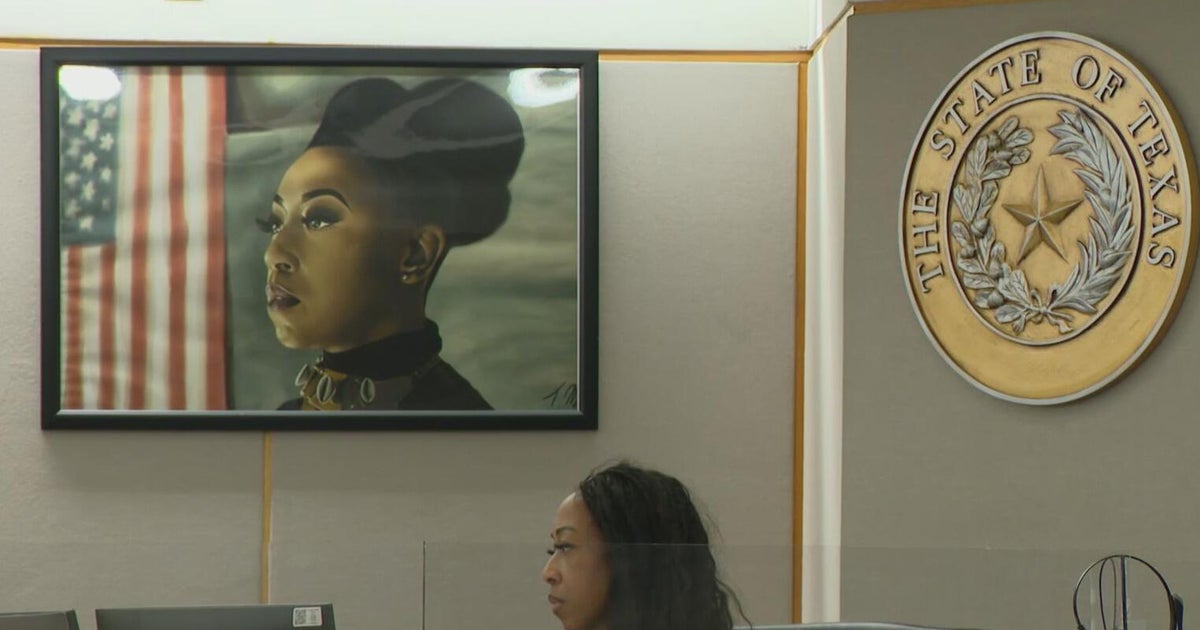CMU finalizes plans to put rover on moon
PITTSBURGH (KDKA) — One day after NASA announced the crew that'll return to the moon on an orbital flight comes a big announcement from Carnegie Mellon University. CMU says it has finalized plans to put a rover on the moon.
When it comes to lunar rovers, America's been there and done that. The Apollo missions gave us the lunar buggy, but what CMU is sending to our closest celestial neighbor will be a lot different.
"Carnegie Mellon Robotics has pioneered land, sea, air, underwater, underground, and now space is our next frontier," said CMU research professor William L. "Red" Whittaker, the "godfather of extraterrestrial rovers."
Whittaker is guiding a team of young researchers to build and send the Iris lunar rover to the moon.
"Iris will be the first university-built rover to leave Earth and the first lunar rover not made by a national space agency," said Iris mission commander Raewyn Duvall.
Unlike its older and bigger cousin, the Iris rover is fully autonomous and a lot lighter.
"It's two kilograms. What is expensive in space is weight as mass during launch," said Duvall.
Three hundred students working over a century of human work hours have engineered the $800,000 unit to be as tough as it is light and small. Space may be the final frontier but it is not a friendly place.
"We had to make the rover extremely stiff and extremely strong," said mechanical specialist Nick Acuna.
"It consists of tons of integrated systems, all of which have to work exactly as designed right away from the get-go," said Iris avionics chief engineer Connor Colombo.
The team used a copy of a lunar-bound remote-controlled car to figure out the bugs and challenges. CMU senior Nikolai Stefanov is the Iris mission control leader and says as of now, all systems are go.
"Right now we're training over 40 students from all over the university, from all over the world, who want nothing more but simply the moon," Stefanov said.
The Iris rover that will gather images and do other research will be controlled from and by a mission control center at CMU. The rover will head to the moon onboard a Vulcan Centaur rocket in May of this year.







